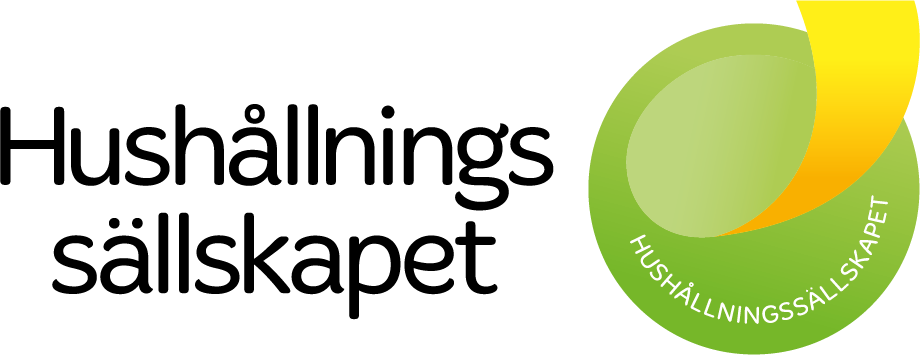Summary:
Pollination from wild bees is essential for agricultural production but the dramatic loss of habitats in agricultural environments puts wild bees under pressure. As a solution, bee-habitats could be integrated into constructed wetlands, which establishment is of increasing interest. Many wetlands already include single habitats that support bees but this is insufficient to maintain wild bees in intense agricultural environments. Here, we focus on the targeted integration of bee-habitats into wetlands, tailor-made for the bees’ needs. We will monitor wild bees in wetlands in intense agricultural environments to identify and rate potential bee-habitats for their importance in relation to season and the surrounding environment. Based on this, we will develop a concept for the integration of bee-habitats into wetlands with our team of wetland specialists, agronomists, landscape architects and scientists, but also with landowners, stakeholders and authorities. This will result into a ready-for-application concept that can be used to integrate bee-habitats into wetlands and that will be publicly available. We will further establish wetlands with a variety of bee-habitats as a demonstration for stakeholders and end-users. Thereby, we will combine scientific and practical evidence into a new strategy to support wild bees in intense agricultural environments and contribute to the National Environmental Goals of Sweden and the EU Directives for biodiversity and habitat preservation.
Project data
Title: Wetland 2.0 – upgrading freshwater habitats for bees
Project manager: Björn Klatt, Lund University (bjorn.klatt@biol.lu.se)
Project members: John Strand, Lea Schneider, Hushållningssällskapet Halland
Duration: 2020-01-01 – 2021-12-30
Budget: 999 042 SEK
Financier: Formas
